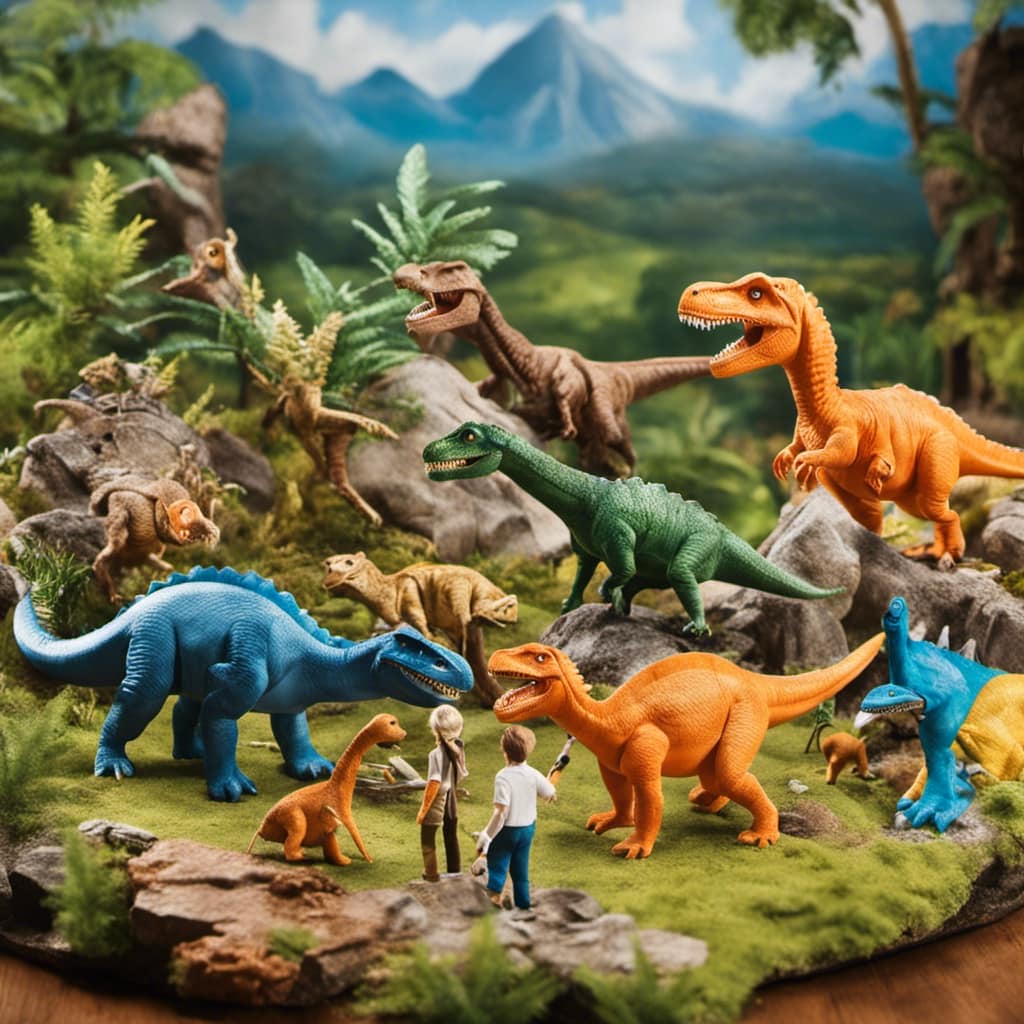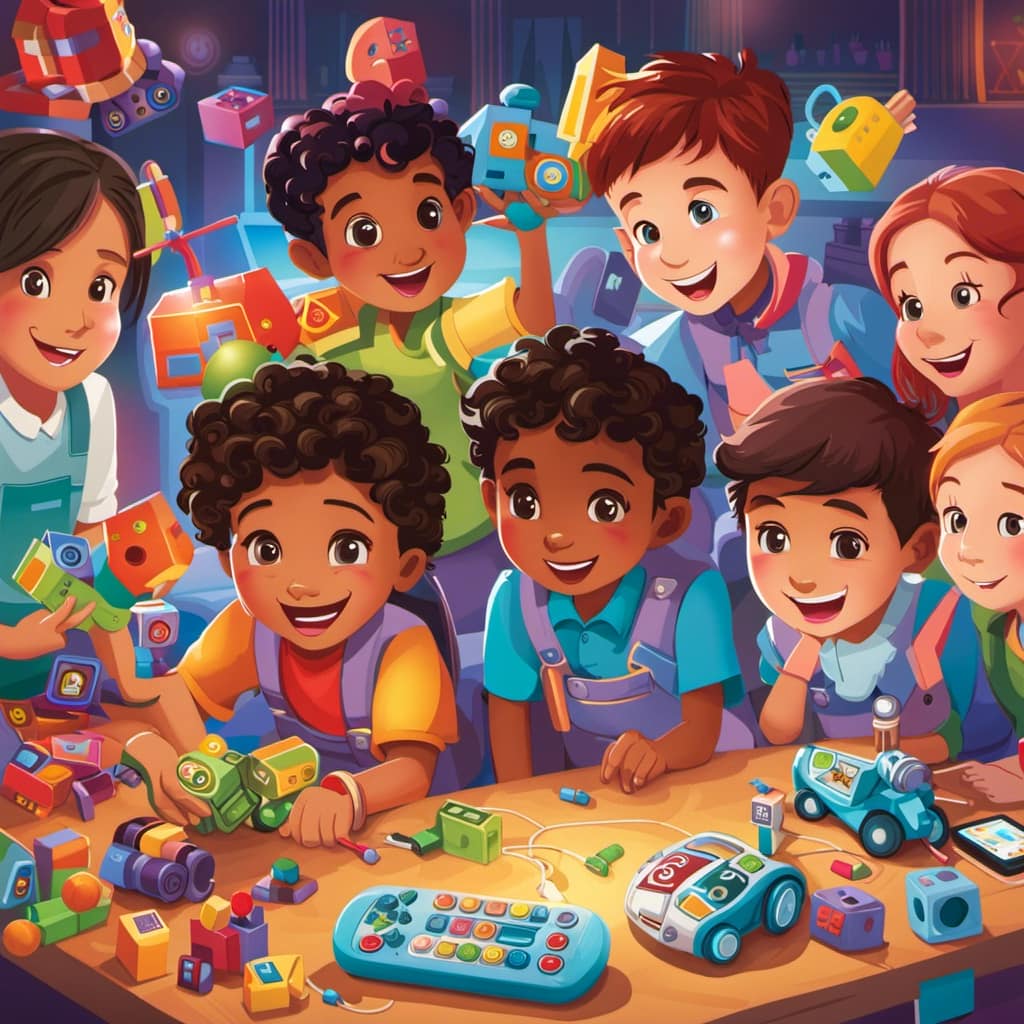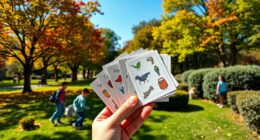If you’re a parent or teacher, you’ve likely observed the growing trend of STEM toys. These engaging products like coding kits, science experiment sets, and interactive robots are more than just a fad; they present significant educational benefits for kids.
By engaging with these toys, kids can develop critical thinking, logic skills, and problem-solving abilities. With hands-on learning and gamified STEM education, these toys make learning fun and exciting.
In this article, we’ll explore the latest trends in STEM toys and discover how they are shaping the future of education.
Key Takeaways
- Interactive robots and coding kits provide a fun and engaging way to learn and explore technology, enhancing problem-solving and logical thinking skills.
- Science experiment sets and DIY science kits foster scientific inquiry and discovery, promoting hands-on learning and critical thinking skills.
- Engineering building blocks develop spatial reasoning skills, teamwork, and collaboration, while exploring engineering concepts.
- Gamified STEM education incorporates gaming elements into educational activities, making learning fun and interactive, promoting critical thinking and problem-solving skills.
The Rise of Interactive Robots
I really enjoy the rise of interactive robots as a popular trend in STEM toys because they provide a fun and engaging way to learn and explore technology.
One of the exciting applications of interactive robots is in healthcare. These robots are being used to assist doctors and nurses in providing patient care, such as delivering medication and monitoring vital signs. They can also be used to provide companionship and support to patients, especially those who are isolated or elderly.
Additionally, interactive robots are playing a crucial role in the future of coding education. By programming these robots, children can learn coding concepts in a hands-on and interactive way. This not only enhances their problem-solving and logical thinking skills but also prepares them for the growing demand for coding skills in various industries.

Overall, interactive robots have immense potential in healthcare and can revolutionize coding education for the future.
Exploring the World of Coding Kits
One of the best ways to delve into the world of coding is by exploring the wide variety of kits available. These kits offer a hands-on approach to learning programming languages and provide coding challenges that help develop critical thinking and problem-solving skills.
Here are four popular coding kits that can aid in your coding journey:
-
Raspberry Pi: This kit includes a small computer that allows you to learn programming and build your own projects.
-
Arduino: With this kit, you can create interactive projects and learn about electronics and coding.
-
LEGO Mindstorms: Combining LEGO building blocks with coding, this kit allows you to build and program your own robots.
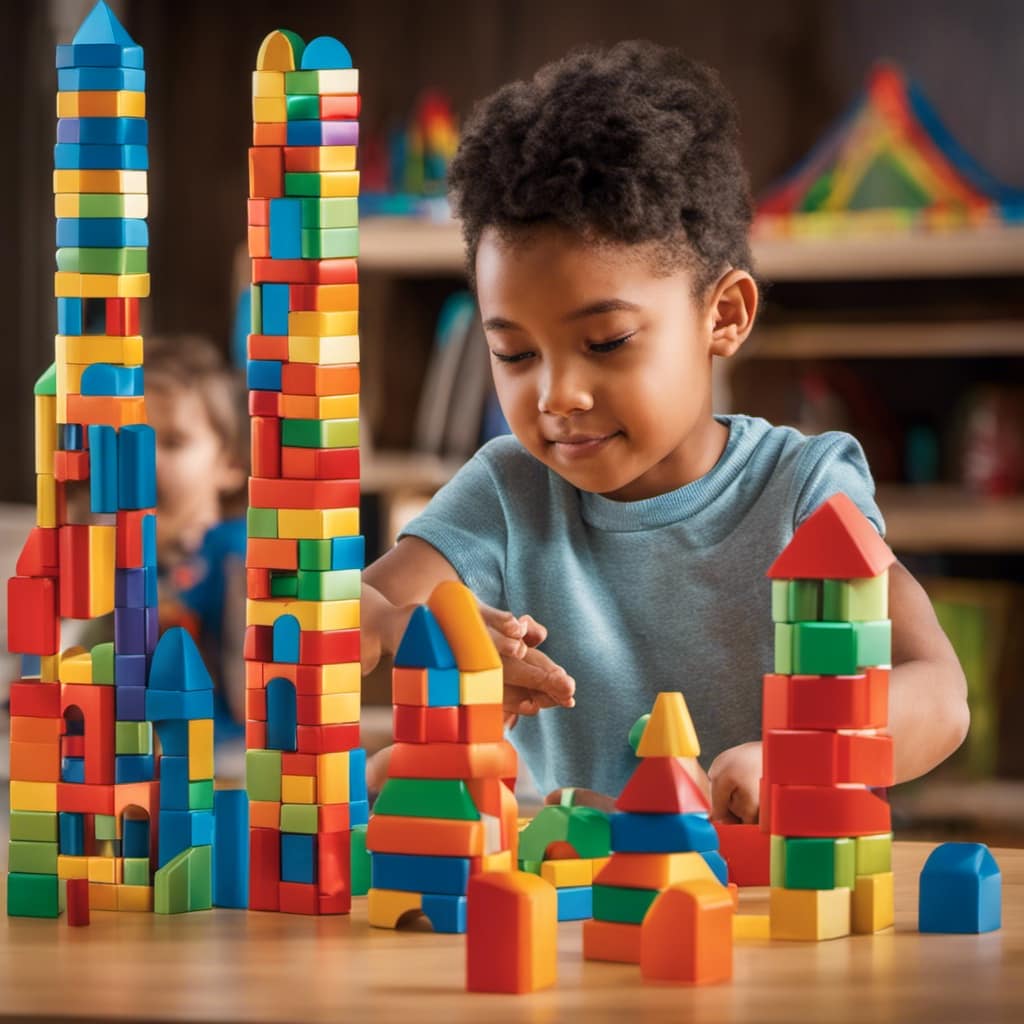
-
Scratch: Designed for beginners, this kit uses a visual programming language to introduce coding concepts in a fun and interactive way.
The Exciting World of Science Experiment Sets
Using science experiment sets is a thrilling way to explore and learn about scientific concepts. These hands-on learning tools provide an opportunity for scientific inquiry and discovery.
By engaging in experiments, children can actively participate in the scientific process, asking questions, making observations, and forming hypotheses. They can manipulate variables, record data, and analyze results, fostering critical thinking and problem-solving skills.
Science experiment sets offer a unique experience where children can learn through trial and error, gaining a deeper understanding of scientific principles. Through these activities, they develop a sense of curiosity and a passion for learning, as they witness firsthand the cause-and-effect relationships in the natural world.
Science experiment sets provide an immersive and interactive learning experience that sparks a lifelong interest in science.
Building Creativity With Engineering Building Blocks
Building creativity with engineering building blocks is an exciting way to develop problem-solving skills and explore the principles of engineering. As someone passionate about STEM education, I’ve always been fascinated by the power of hands-on learning.
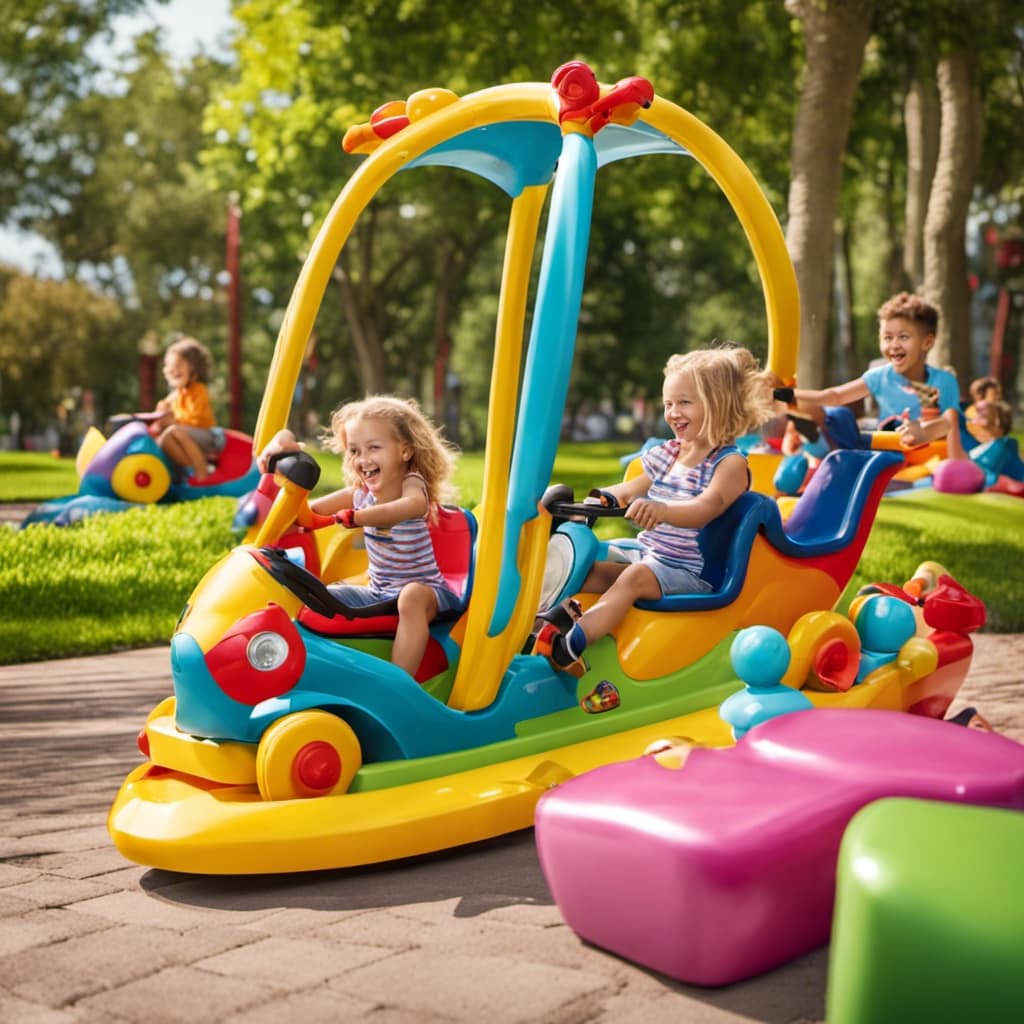
With engineering building blocks, children can develop their engineering skills while engaging in creative problem-solving activities. Here are four ways that building blocks can enhance a child’s learning experience:
-
Hands-on exploration: Engineering building blocks allow children to physically manipulate and construct different structures, fostering a deeper understanding of engineering concepts.
-
Spatial reasoning: By experimenting with different configurations and designs, children develop their spatial reasoning skills and learn how to visualize and manipulate objects in their mind.
-
Collaboration: Building blocks encourage teamwork and collaboration, as children work together to solve problems and complete complex projects.
-
Critical thinking: Building blocks require children to think critically and analyze the best approach to construct a stable and functional structure.
Gamified STEM Education: Making Learning Fun
As a STEM enthusiast, I find gamified STEM education to be a captivating and engaging approach that makes learning fun and interactive.
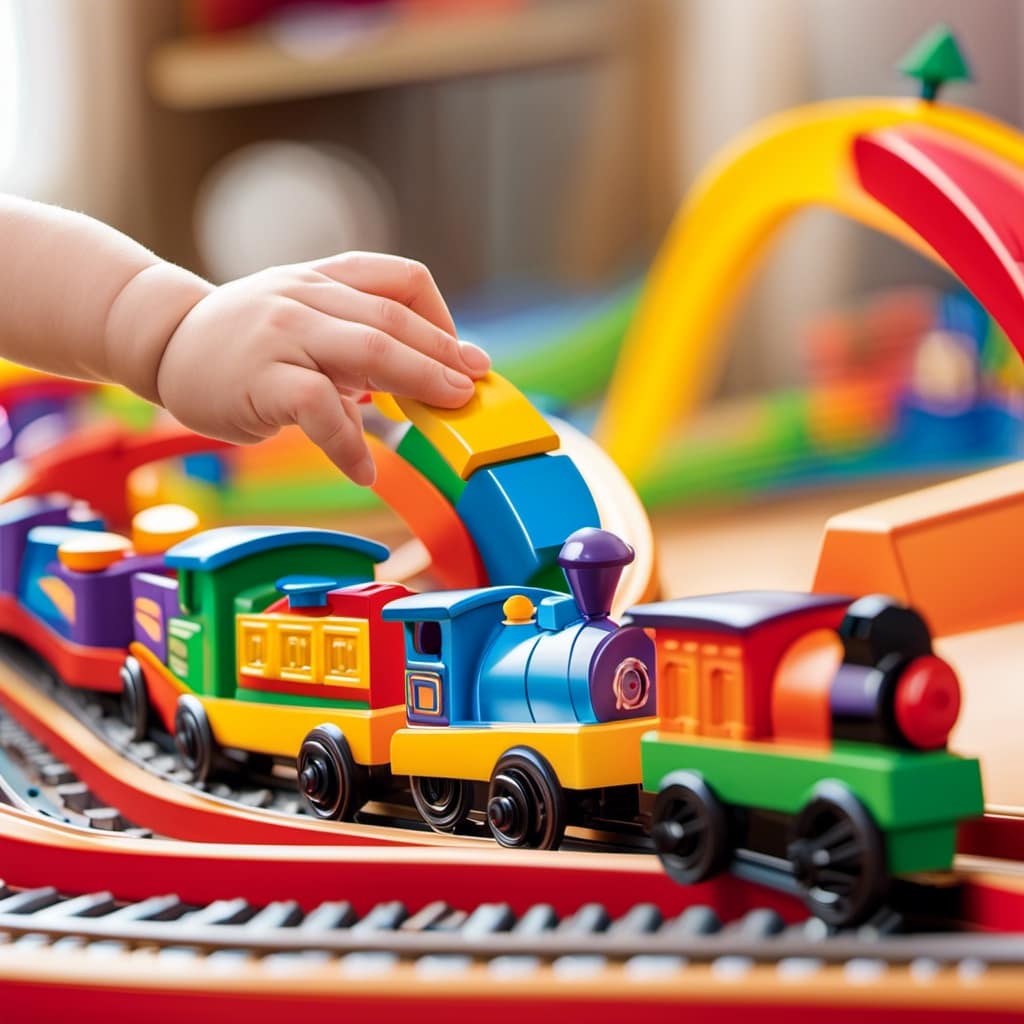
By incorporating elements of gaming into educational activities, students are able to actively participate in the learning process and develop a deeper understanding of STEM concepts.
Gamified learning provides hands-on experiences that allow students to apply their knowledge in real-life scenarios, enhancing critical thinking and problem-solving skills.
Additionally, it promotes collaboration and teamwork, as students often work together to solve challenges and achieve goals.
This approach also addresses the individual needs of students, allowing them to learn at their own pace and providing immediate feedback on their progress.
Overall, gamified STEM education is a powerful tool that not only makes learning enjoyable, but also fosters a love for STEM subjects and prepares students for future success in these fields.
Hands-On Math Learning: A Tangible Approach
I enjoy hands-on math learning because it allows me to physically manipulate objects and engage with mathematical concepts in a tangible way. This approach not only enhances my understanding of math but also makes it more enjoyable and memorable.
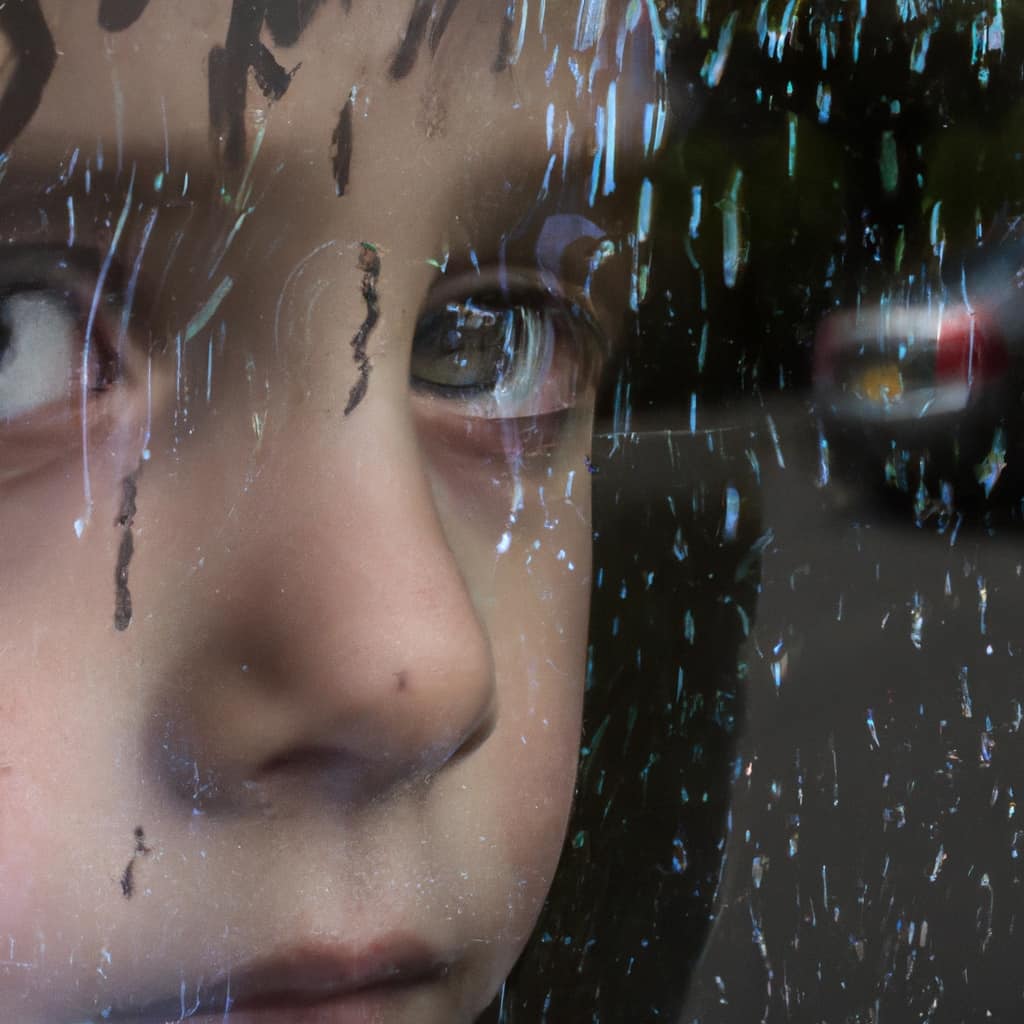
When it comes to hands-on math learning, there are several effective strategies that incorporate tactile math manipulatives and technology into the learning process. Some of these strategies include:
- Using physical math manipulatives such as blocks, counters, and geometric shapes to explore mathematical concepts.
- Incorporating technology into math learning through the use of interactive apps, virtual manipulatives, and online simulations.
- Engaging in real-world problem-solving activities that require the application of math skills in practical scenarios.
- Collaborating with peers in hands-on math activities to foster social interaction and teamwork skills.
Unleashing Curiosity With DIY Science Kits
Exploring the world of science through do-it-yourself kits has sparked my curiosity and allowed me to engage in hands-on experimentation. DIY science kits offer numerous benefits for learning in STEM education.
First and foremost, they promote hands-on learning, enabling students to actively participate in the scientific process. This hands-on approach not only enhances their understanding of scientific concepts but also fosters a deeper connection to the subject matter.
Additionally, these kits emphasize the importance of critical thinking skills in STEM learning. By encouraging students to think analytically and problem-solve, they develop essential skills that are transferable to real-world scenarios.
DIY science kits provide a platform for students to ask questions, make hypotheses, and conduct experiments, nurturing their curiosity and igniting a passion for scientific exploration.
Virtual Reality STEM Experiences: Education in a New Dimension
Immersing myself in virtual reality STEM experiences has opened up a new dimension of education. The ability to embark on virtual field trips and engage in immersive learning has revolutionized the way I understand and interact with STEM concepts. Through virtual reality, I have been able to explore places and scenarios that were previously inaccessible, bringing my learning to life in ways I never thought possible.
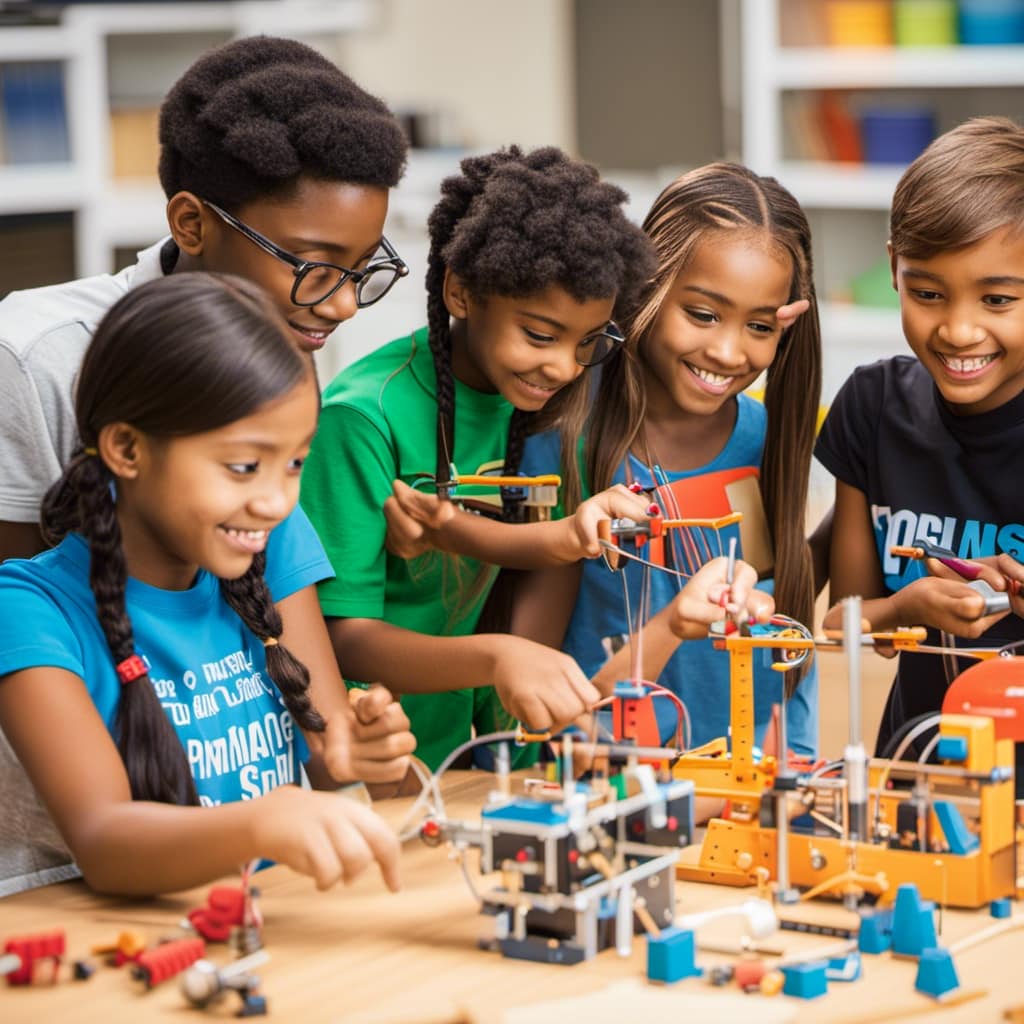
Here are four key benefits of virtual reality STEM experiences:
-
Enhanced Engagement: Virtual reality brings a sense of excitement and adventure to the learning process, making it more captivating and enjoyable.
-
Real-world Application: By simulating real-life scenarios, virtual reality allows me to apply STEM concepts in practical and meaningful ways.
-
Experiential Learning: Virtual field trips provide firsthand experiences and interactions, fostering a deeper understanding and connection to the subject matter.
-
Multisensory Experience: With virtual reality, I can engage multiple senses, reinforcing my learning and making it more memorable.
Frequently Asked Questions
What Are Some Popular Interactive Robot Toys in 2023?
Some popular interactive robot toys in 2023 include those that can be programmed, respond to voice commands, and teach coding skills. These STEM toy trends are engaging and educational for children.
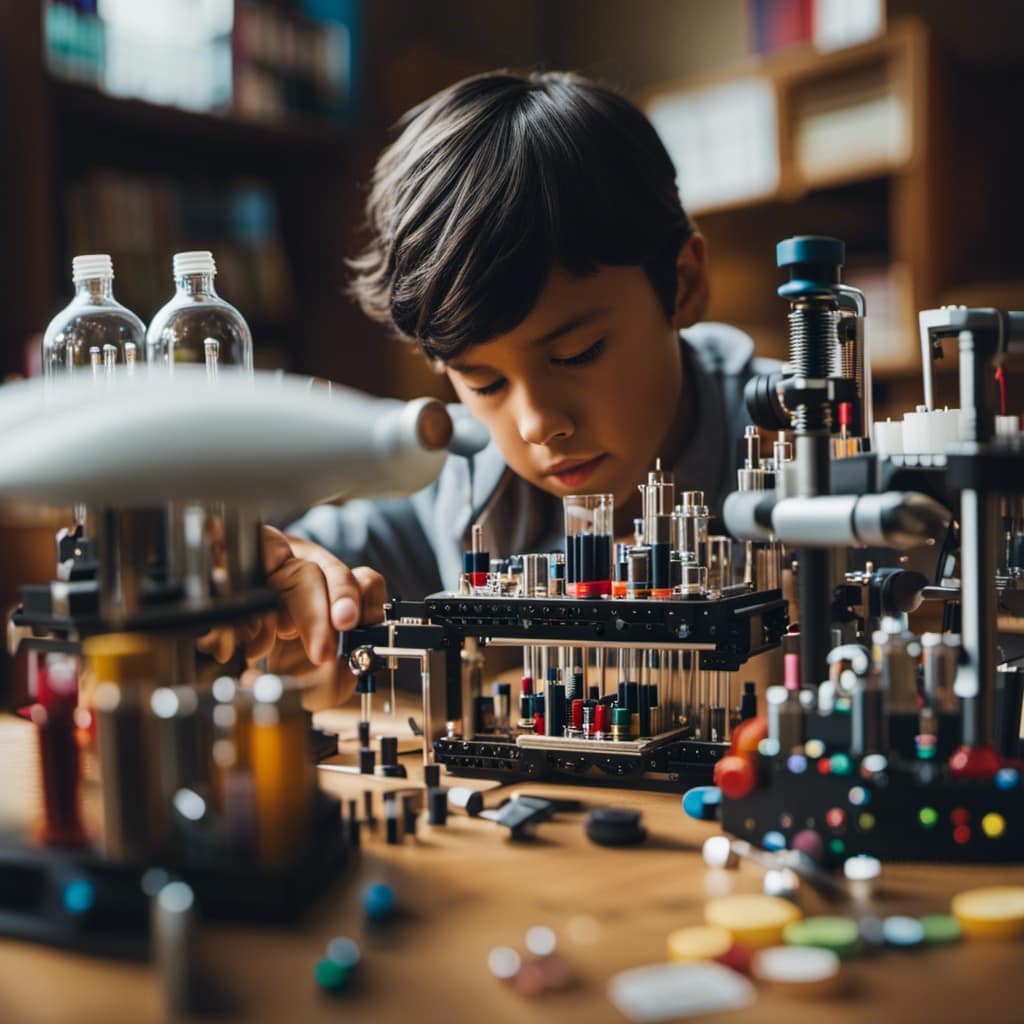
How Do Coding Kits Enhance Critical Thinking and Logic Skills?
Coding kits enhance critical thinking and logic skills by presenting coding challenges and problem-solving activities. They foster creativity, encourage analytical thinking, and develop problem-solving strategies, preparing children for real-life scenarios in the digital age.
What Types of Science Experiment Sets Are Available in the Market?
There are various types of science experiment sets available in the market, including chemistry kits. These kits provide hands-on learning experiences and allow children to explore and conduct experiments in the field of chemistry.
Can You Provide Examples of Engineering Building Blocks That Promote Creativity?
Engineering building blocks are a fantastic tool for promoting creativity. With these blocks, you can construct imaginative structures and explore different design ideas. It’s like building a world of endless possibilities!
How Does Gamified STEM Education Make Learning More Fun and Engaging?
Gamified STEM education makes learning more fun and engaging by incorporating game elements such as points, levels, and rewards. This approach taps into our natural desire for challenge and competition, while also promoting hands-on learning and critical thinking skills.
Conclusion
In conclusion, the current trends in STEM toys have revolutionized the way children learn and engage with STEM subjects. These toys, such as interactive robots, coding kits, and science experiment sets, enhance critical thinking and problem-solving skills. They also foster creativity and curiosity. STEM toys make education enjoyable and effective by combining hands-on learning with gamified experiences. Additionally, the incorporation of math manipulatives, engineering building blocks, and virtual reality experiences adds a new dimension to STEM education.
The coincidence of these trends aligns perfectly with the increasing demand for STEM skills in today’s world. This ensures that children are well-equipped for future careers in science, technology, engineering, and mathematics.
